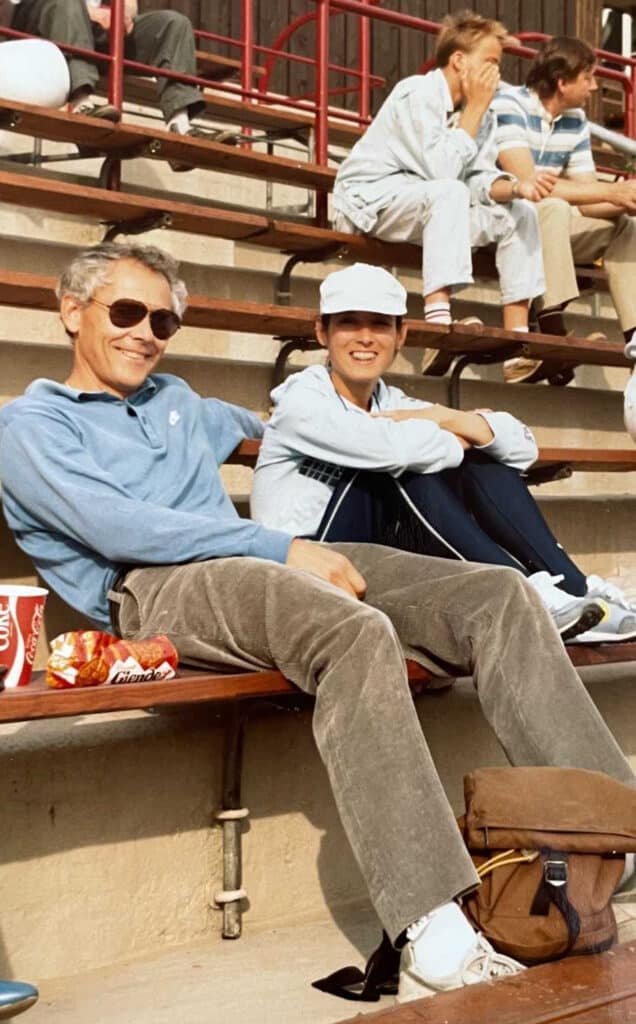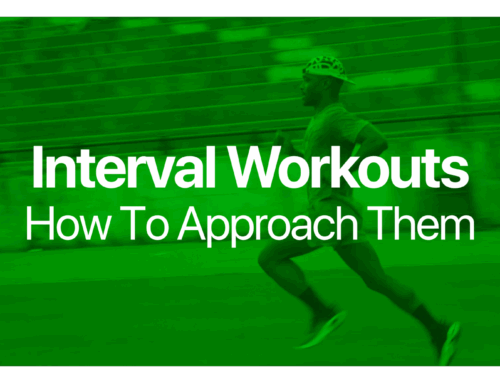
“An absence of direction is usually better than bad direction” – Dr. Jack Daniels
Dr. Jack Daniels won two Olympic medals in the modern pentathlon but he always likes to point out that running was by far his worst event of the five. It’s the reason he ended up researching exercise physiology and becoming a coach himself. Jack’s Olympic coach would have them run hard 400m repeats 5 days a week with little guidance on pace and recovery. Because of his lack of improvement, despite all the hard work, Jack eventually set out on a pursuit to discover how to train the body properly for endurance performance.
Oftentimes, running coaches who receive the most recognition are the coaches who have produced standout athletes. But coaches who have broad-based success, meaning, their coaching generally produces good results for most athletes they work with, not just results for a few of the more talented runners, is a better measure of coaching success.
Dr. Daniels has written about Ingredients of Success for athletes, but what about coaches? Below he and his longtime coaching and research partner Nancy Daniels list their top ingredients for successful run coaching.

#1 Understanding basic principles of training
The following basic principles of training are outlined in Daniels’ Running Formula.
- The Body Reacts to Stress – It’s important to learn how the human body reacts to various types of physical stress (E.g. HR, muscles, blood flow, etc.)
- Specificity – The parts of the body being stressed become stronger and better prepared to deal with any future stress, as long as the body is in a good state of health.
- Overstress – If you overstress some body parts, they may not get tougher; in fact, they may get weaker or break down completely.
- Training Response – In the sport of running there are several ways to achieve an increase in stress. There are four variables: Workload or total amount of work, Intensity, Recovery and Frequency of running.
- Personal Limits – Sometimes an increase in training stress may not result in improved fitness. This doesn’t mean a person has reached optimal fitness, but namely that everyone has limits. This doesn’t imply anyone ever reaches their absolute limits but it suggests everyone has seasonal limits, meaning, limits that are imposed on a person because of a lifestyle at any given time.
- Diminishing Return – When you start training, the benefits are rather substantial relative to the effort put forth. The fitter you get, the less benefit you get from training harder.
- Accelerating Setbacks – When you are not training very hard there is less risk of injury or lack of interest; but as the stress of training intensity increases, the chance of a setback starts to increase rather rapidly.
- Maintenance – It is easier to maintain a level of fitness than it was to achieve that fitness.
#2 Treat athletes as individuals
Too often, coaches will approach athletes based on how they were coached. Understanding how to individualize training based on an athlete’s background, goal(s) and current fitness is key. Beyond understanding how to calculate an athlete’s VDOT/training paces, coaches must be flexible as athletes might respond to certain levels of intensity differently than others, and/or face different psychological hurdles when it comes to training and racing. For instance, one athlete might run better from the front of a race versus trying a negative split.
#3 Foster a positive, fun and respectful environment
Coaches need to care for their athletes as people first and then as runners. An informed and caring coach can inspire, teach, and challenge athletes to become distance runners and can increase their enjoyment of, success in, and dedication to the sport.
#4 Motivate individuals well
Nothing can replace encouraging comments or understanding words from a coach. Always remember that what you say to an athlete can have a lasting impact. Also, keep in mind certain athletes respond differently to motivational tactics.
#5 Provide clear communication about purposes of training
If the term coach refers to the person who directs the improvement of running performance, then a good coach can always answer the question, “What is the purpose of this workout?” and “Why are we doing this workout today?” If athletes have a strong understanding of why they’re doing a particular workout they’re more likely to have confidence in what they’re doing. You always want to be on the same page. If the athlete clearly understands the purpose they’re more likely to get the maximum benefits from the training.
#6 Understand the effects of weather and altitude
Running in wind, heat and at altitude can have big impacts on training and racing. It’s important for a coach to understand these effects so they can properly make adjustments for their athletes. You can adjust training and race paces based on temp and altitude on the VDOT Calculator under Advanced Features. Here’s more info about running in windy conditions.
Coaching Ingredients of Success were developed by longtime research and coaching partners Jack and Nancy Daniels.





Leave A Comment